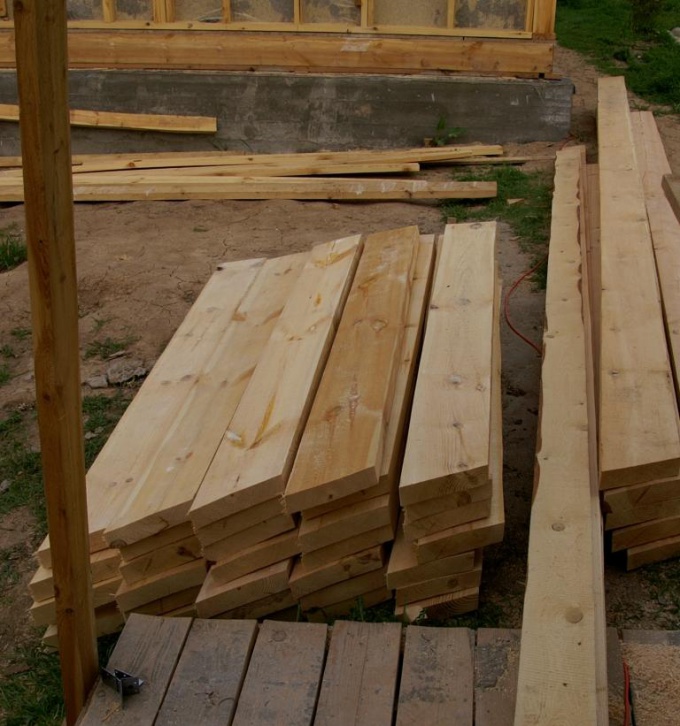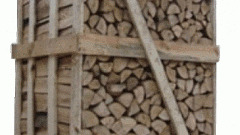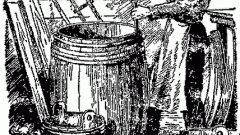Instruction
1
To calculate the cubic capacity of roundwood, it is possible to use special tables – kubaturnykh ISO 4480-83 and GOST 2708-75. You just need to measure the diameter of the upper end of the log and its length, and then on the given tables to find the cubic capacity. Folding successively cubing all of the logs, you will find the total cubic capacity of purchased roundwood.
2
In the Internet there are many design programs with which you can calculate the cubic capacity of roundwood without using a table, but only measuring the length and diameter of logs. The table is already in the program. However, it is not always convenient.
3
There is another way of measuring the cubic content of round timber – clearing stacked cubic meters per solid cubic meter. This is necessary because retail prices are usually set for a tight cubing.
4
Sort business the slab into two groups according to length: up to 2 m in length inclusive, and greater than 2 m. Place the slabs in a stack, alternating thin and thick ends alternately in opposite directions.
5
Allowed laying of short slabs with a connection length. Ensure that the pile had the same height throughout its length, the most dense styling and smooth angles.
6
Multiply the average length of the stack in its height and width. The resulting figure will be share with a cubic capacity of roundwood.
7
Multiply digit share of the category by the corresponding factor to obtain the mass of dense cubic capacity: a factor for debarked slabs up to 2 m of 0.48, with a length of over 2 m and 0.43; the ratio for debarked slabs up to 2 m is equal to 0.56, with a length of over 2 m – 0,50.
8
Of course you can trust the calculation of the cubic capacity of the warehouse workers, but to verify the correctness of the calculations is still not stopping. It is in your best interest.




